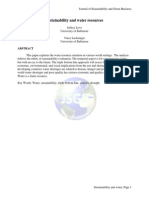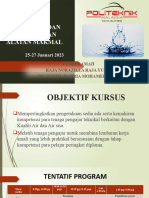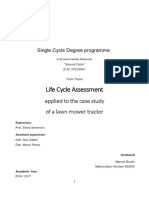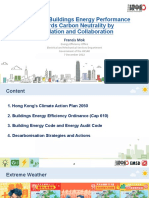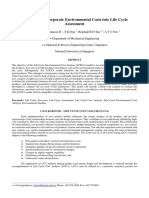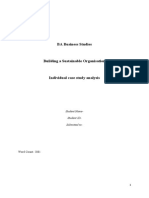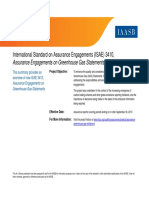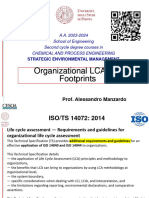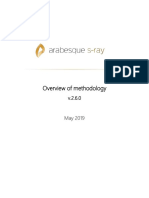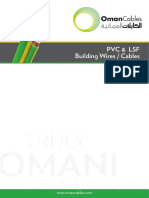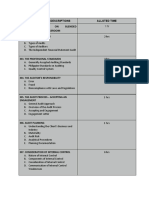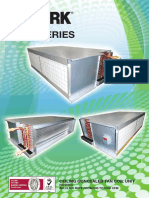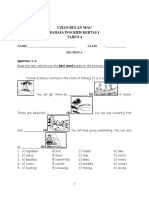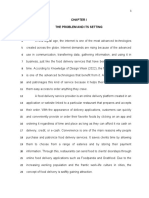0% found this document useful (0 votes)
89 views39 pagesModule B Overview of LCA
The document provides an overview of life cycle assessment (LCA), which is a standardized method for quantifying the environmental impacts of products and systems throughout their life cycle. It discusses LCA's goal of preventing problem shifting between life cycle stages or environmental issues. The four phases of LCA include: (1) defining the goal and scope, (2) inventory analysis of inputs/outputs, (3) impact assessment, and (4) interpretation of results according to ISO 14040 standards. The inventory phase involves compiling data on the environmental aspects of each unit process and combining them into a product system model.
Uploaded by
theoCopyright
© © All Rights Reserved
We take content rights seriously. If you suspect this is your content, claim it here.
Available Formats
Download as PDF, TXT or read online on Scribd
0% found this document useful (0 votes)
89 views39 pagesModule B Overview of LCA
The document provides an overview of life cycle assessment (LCA), which is a standardized method for quantifying the environmental impacts of products and systems throughout their life cycle. It discusses LCA's goal of preventing problem shifting between life cycle stages or environmental issues. The four phases of LCA include: (1) defining the goal and scope, (2) inventory analysis of inputs/outputs, (3) impact assessment, and (4) interpretation of results according to ISO 14040 standards. The inventory phase involves compiling data on the environmental aspects of each unit process and combining them into a product system model.
Uploaded by
theoCopyright
© © All Rights Reserved
We take content rights seriously. If you suspect this is your content, claim it here.
Available Formats
Download as PDF, TXT or read online on Scribd
/ 39






